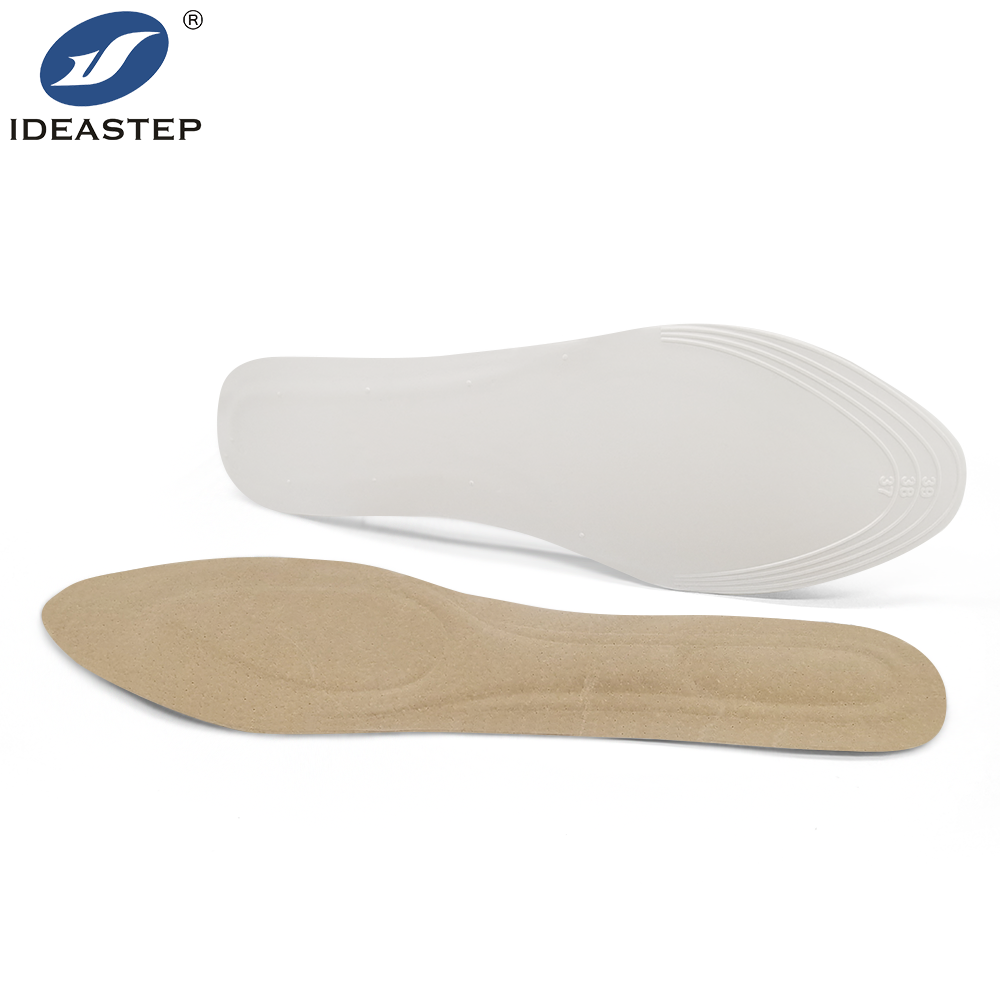Sesamoiditis is a condition that affects the Sesamoid bones located under the ball of the foot. These small bones provide support and help distribute pressure across the bottom of the foot. When Sesamoiditis occurs, it can cause pain, swelling, and limited movement in the foot. While Sesamoiditis can be caused by various factors, such as biomechanical issues or repeated trauma, it is essential to address the issue to prevent further damage and discomfort. One effective treatment option for Sesamoiditis is the use of insoles. In this article, we will explore the role of insoles in managing Sesamoiditis and their impact on foot health.

Insoles are designed to provide extra support and comfort to the foot, addressing biomechanical issues that can lead to Sesamoiditis or other foot pain. They are custom-made based on the unique shape and structure of the foot, ensuring a perfect fit. Insoles can help redistribute pressure across the foot, reducing pressure on the Sesamoid bones and other sensitive areas. This redistribution of pressure can help reduce pain and swelling associated with Sesamoiditis.
Insoles for Sesamoiditis are typically made from materials that provide cushioning and support, such as foam or viscoelastic materials. They can also include arch support to help align the foot and absorb shock. The thickness and density of the insole can be adjusted based on the individual’s needs, ensuring optimal comfort and support.
In addition to providing physical support, insoles for Sesamoiditis may also play a role in reducing stress on the affected area. By reducing pressure and providing stability, insoles can help reduce the strain on the Sesamoid bones, allowing them to heal more effectively. They can also prevent further damage by redistributing stress across the foot, preventing excessive pressure from being applied to the affected area.
When selecting insoles for Sesamoiditis, it is essential to consult with a healthcare professional or a podiatrist. They will be able to assess your foot structure and recommend the most suitable insole for your specific needs. It is also important to ensure that the insoles are properly fitted and replaced regularly to maintain their effectiveness.
Insoles for Sesamoiditis can provide significant relief from pain and discomfort associated with this condition. By providing extra support, cushioning, and alignment, they can help reduce stress on the Sesamoid bones and improve overall foot health. However, it is essential to note that insoles alone may not be sufficient to treat Sesamoiditis in all cases. Some individuals may require additional treatment options, such as physical therapy or surgery, depending on the severity of their condition.
In conclusion, insoles for Sesamoiditis can play a crucial role in managing this condition and improving foot health. By understanding your foot structure and seeking professional advice, you can find the perfect insole to provide relief from Sesamoiditis pain and support your recovery process. Insoles are a cost-effective and easy-to-use solution that can help you get back on your feet and enjoy your daily activities pain-free.
